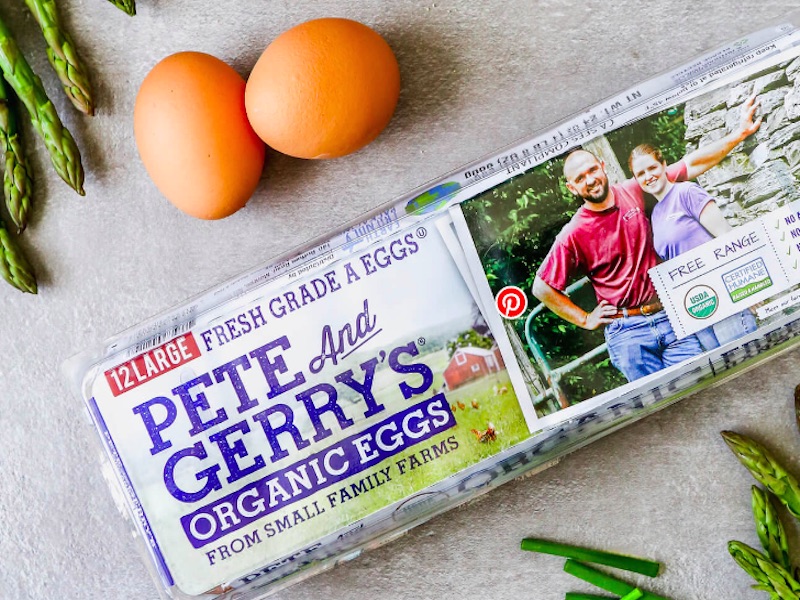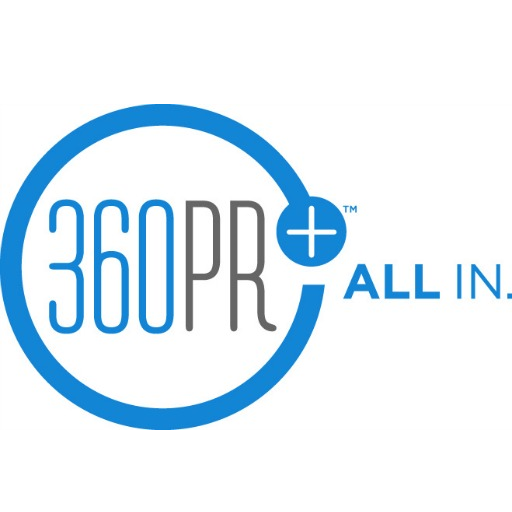360PR+ 13 Dec 2019 // 5:13PM GMT

How do creative campaigns come to be? The idea of a formulaic approach, in a way, runs counter to our visions of creativity. But there are common threads that run through the most memorable, and ultimately most effective, campaigns.
The first, and perhaps most important, requisite is not just a willingness to be bold, but a very intentional approach and drive to be different – to try something that no one else has done, that the brand is uniquely built to own and – wait for it – that may or may not be successful. Consumers and other stakeholders don’t reward brands and companies that are risk averse.
#EggsAreHealthy is a prime example of a campaign steeped in risk-taking that was successful on all fronts for Pete and Gerry’s, the organic egg company – ranked #1 nationally as a result of the bold campaign. Frustrated by not being able to label that its eggs are healthy, Pete and Gerry’s challenged the FDA publicly, presenting mountains of evidence that demonstrated the nutritional benefits of eggs.
As Pete and Gerry’s PR counsel, we knew the FDA would be slow to move, but that didn’t matter: with the help of a citizen’s petition and a well-respected nutritionist and other influencers who validated the #EggsAreHealthy message and created content about why and how to serve eggs, we took the story to national media and let consumers decide for themselves. The approach cleared up confusion and elevated eggs, and Pete and Gerry’s, to the top of healthy food lists for the first time in decades.
Another common thread in creative campaigns is the ability to think beyond the brand. What broader problem can the brand try to solve?
Tommee Tippee, the #1 infant and toddler feeding brand for many years in the U.K., is still in its infancy in the U.S. market. It must adopt a challenger brand mindset here to grow, and it has, with campaigns like “America’s Scariest Pump Rooms.” Steeped in a single insight culled from social listening, the campaign set out to make life better for moms returning to work who wanted to continue breastfeeding and needed better places to pump. With empowering, branded content served across a variety of platforms, moms and media embraced the effort, supporting working moms and Tommee Tippee.
As we consider the framework for building creative campaigns, an easy point of reference is our own anatomy. Creative campaigns take muscle in the form of strong insights. They need a sturdy structure – good bones, if you will – and each campaign should have its own unique form and shape. Creative campaigns must, of course, stimulate our minds in order to produce a reaction, and they should have elements that are easy to digest.
A vice president of marketing recently asked our team: how can you help me reach the 20% of consumers I’m not already reaching? Of course, we’d first need to identify who that 20% is: why they’re not buying the brand’s products, if they’re buying competitors’ products or are not even in the category, what kinds of media they’re consuming and where, and – most importantly – what could motivate them to try the brand.
But one thing was immediately clear: the brand would not reach a new audience with its current marketing strategy, which was heavily steeped in TV advertising and a message, and image, that was not built for a new audience.
Going after a new audience requires a new approach, with new messaging and new executions in new places. Consumers want to learn something new and, increasingly, not just read, listen or watch, but experience something new.
One fun example from 2020 that surprised even its creators is Burger King’s “Whopper Detour,” as explained by global CMO Fernando Machado: “So, here is the deal. I will give you two options: Option A, you download the app and you get a free whopper. Options B, you download the app, input the credit card, drive to a McDonalds, order from there, pay one cent, drive back to Burger King and get your sandwich.
“What do you think will work best? Well, we did option A, and our competitors did too. Didn’t work. No one cared about it. But when we did ‘Whopper Detour,’ which is pretty much Option B—we hit the jackpot. That’s the power of an idea. The power to bend logic.”
For more inspiration for your next campaign, check out the Holmes Report editors’ picks of some of the most creative work of the past year here, and read more in our Creativity series here.


































.jpg)













